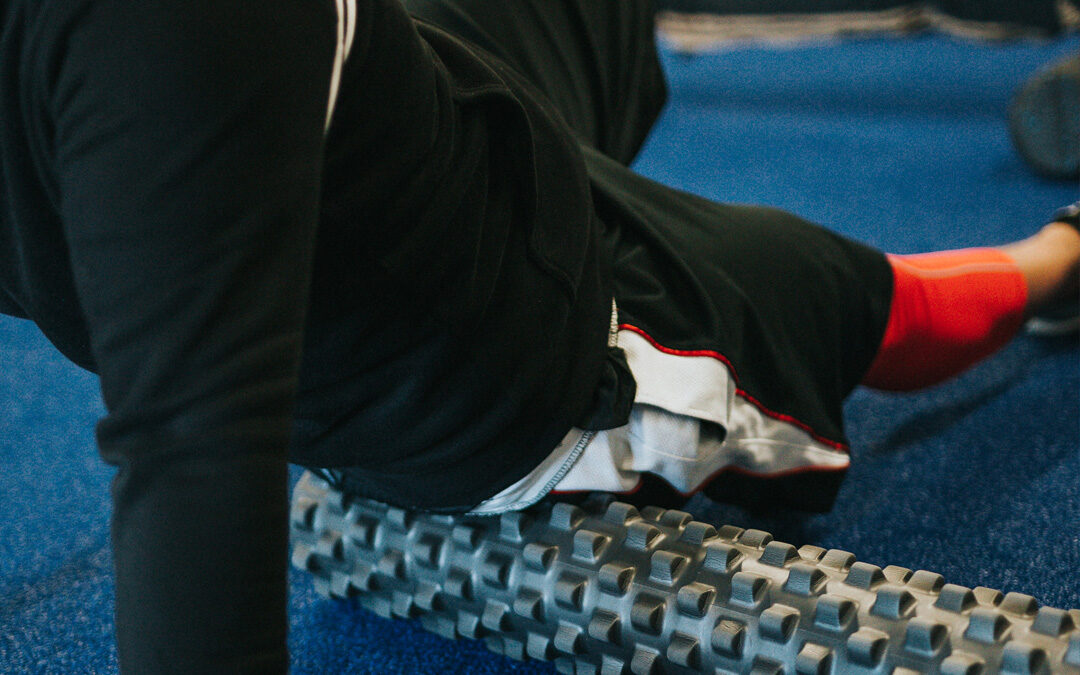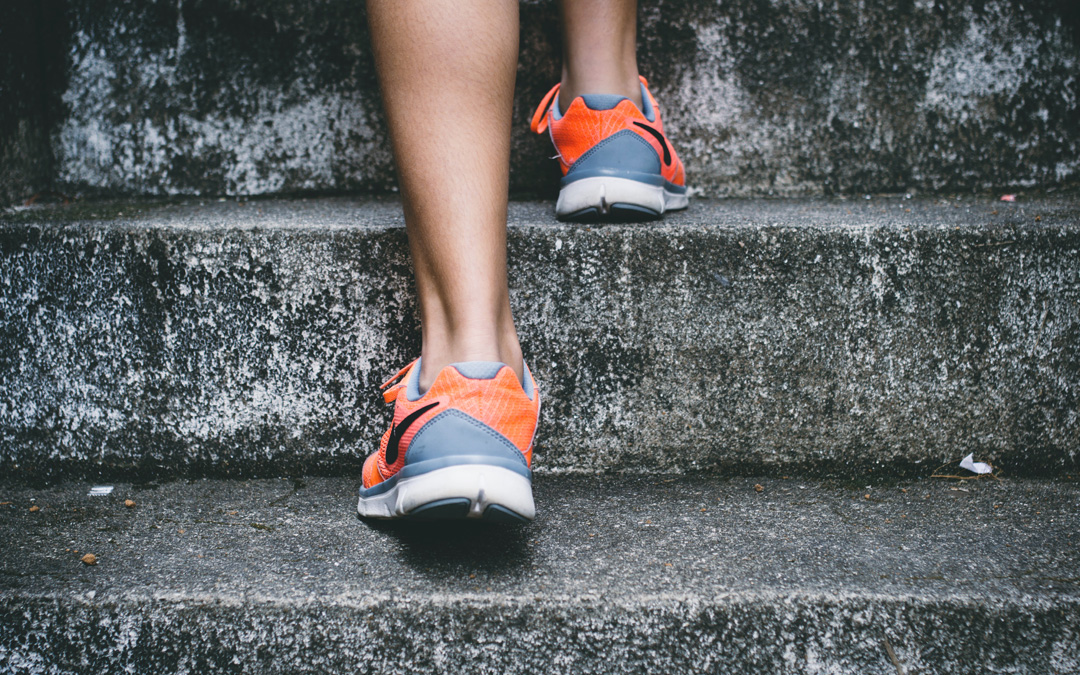To alleviate pain, facilitate recovery, and improve performance, athletes try many treatment modalities. But are these modalities effective? The answers might surprise you.
KinesioTape
The colorful kinesiotape made an international impact when the world spotted lightly clad beach volleyball Olympians wearing tape in intricate patterns all over their bodies. Since then, it’s hard to turn on an athletic event and not see kinesiotape.
Manufacturers claim that it reduces pain and improves circulation. Systematic Reviews, a type of publication that gathers multiple research papers together to produce a grand conclusion based on evidence, would suggest that kinesiotape has little effect on those with, for example, chronic low back pain and patellofemoral pain. There is often a reduction in pain with taping, whether applied correctly or incorrectly. Also, almost exclusively, the marginal benefits are short-term, and there seems to be no benefit to athletic performance.
Bottom Line: If kinesiotape makes you feel better, use it but don’t expect significant or long-term effects and don’t pay too much for it.
Icing and Heating
Cooling modalities like ice and cryotherapy are often used to promote recovery and reduce pain/swelling after an acute soft tissue injury like a sprained ankle. Cryotherapy is usually applied to the whole body, and there is insufficient evidence to support its use in recovery after exercise. There is also no great understanding of adverse events related to whole-body cooling.
Ice — often applied acutely to injuries like a sprained ankle — may have little or no additional effect beyond compression concerning swelling but may reduce pain in the short term.
Heat seems effective when coupled with stretching to improve range of motion. Still, there is surprisingly little data on the effect of heat application in athletes, whether that be for recovery or performance.
Bottom Line: Ice and heat are inexpensive applications, so if they make you feel better, you should use them within prescribed parameters.
Foam Rolling
Athletes are in the habit of rolling on cylinders of foam to help with recovery and improve flexibility. Generally, foam rolling is done immediately before or after an event or bout of exercise. Pre-rolling has shown benefits in sprint performance and flexibility, although the benefit was small in both cases. Post-rolling might help lessen muscle-related pain, and adding vibration may have an even more significant effect.
Bottom Line: Foam rolling is probably best used after a strenuous bout of exercise to reduce the sensation of muscle pain. The effect is likely short in duration.
The best advice may be to not invest a lot of money in doing what you see on TV. Some of these interventions have no or unknown effect, and the others have a limited short duration impact. They are, at best, an inexpensive adjunct to training, sleeping, and eating right.
Resources
Li Y, Yin Y, Jia G, Chen H, Yu L, Wu D. Effects of kinesiotape on pain and disability in individuals with chronic low back pain: a systematic review and meta-analysis of randomized controlled trials. Clin Rehabil. 2019;33(4):596-606. doi:10.1177/0269215518817804
Logan CA, Bhashyam AR, Tisosky AJ, et al. Systematic Review of the Effect of Taping Techniques on Patellofemoral Pain Syndrome. Sports Health. 2017;9(5):456-461. doi:10.1177/1941738117710938
Morris D, Jones D, Ryan H, Ryan CG. The clinical effects of Kinesio® Tex taping: A systematic review. Physiother Theory Pract. 2013;29(4):259-270. doi:10.3109/09593985.2012.731675
Reneker JC, Latham L, McGlawn R, Reneker MR. Effectiveness of kinesiology tape on sports performance abilities in athletes: A systematic review. Phys Ther Sport. 2018;31:83-98. doi:10.1016/j.ptsp.2017.10.001
Lim EC, Tay MG. Kinesio taping in musculoskeletal pain and disability that lasts for more than 4 weeks: is it time to peel off the tape and throw it out with the sweat? A systematic review with meta-analysis focused on pain and also methods of tape application. Br J Sports Med. 2015;49(24):1558-1566. doi:10.1136/bjsports-2014-094151
Costello JT, Baker PR, Minett GM, Bieuzen F, Stewart IB, Bleakley C. Whole-body cryotherapy (extreme cold air exposure) for preventing and treating muscle soreness after exercise in adults. Cochrane Database Syst Rev. 2015;(9):CD010789. Published 2015 Sep 18. doi:10.1002/14651858.CD010789.pub2
Bleakley C, McDonough S, MacAuley D. The use of ice in the treatment of acute soft-tissue injury: a systematic review of randomized controlled trials. Am J Sports Med. 2004;32(1):251-261. doi:10.1177/0363546503260757
Bleakley CM, Costello JT. Do thermal agents affect range of movement and mechanical properties in soft tissues? A systematic review. Arch Phys Med Rehabil. 2013;94(1):149-163. doi:10.1016/j.apmr.2012.07.023
Wiewelhove T, Döweling A, Schneider C, et al. A Meta-Analysis of the Effects of Foam Rolling on Performance and Recovery. Front Physiol. 2019;10:376. Published 2019 Apr 9. doi:10.3389/fphys.2019.00376
Romero-Moraleda B, González-García J, Cuéllar-Rayo Á, Balsalobre-Fernández C, Muñoz-García D, Morencos E. Effects of Vibration and Non-Vibration Foam Rolling on Recovery after Exercise with Induced Muscle Damage. J Sports Sci Med. 2019;18(1):172-180. Published 2019 Feb 11.








